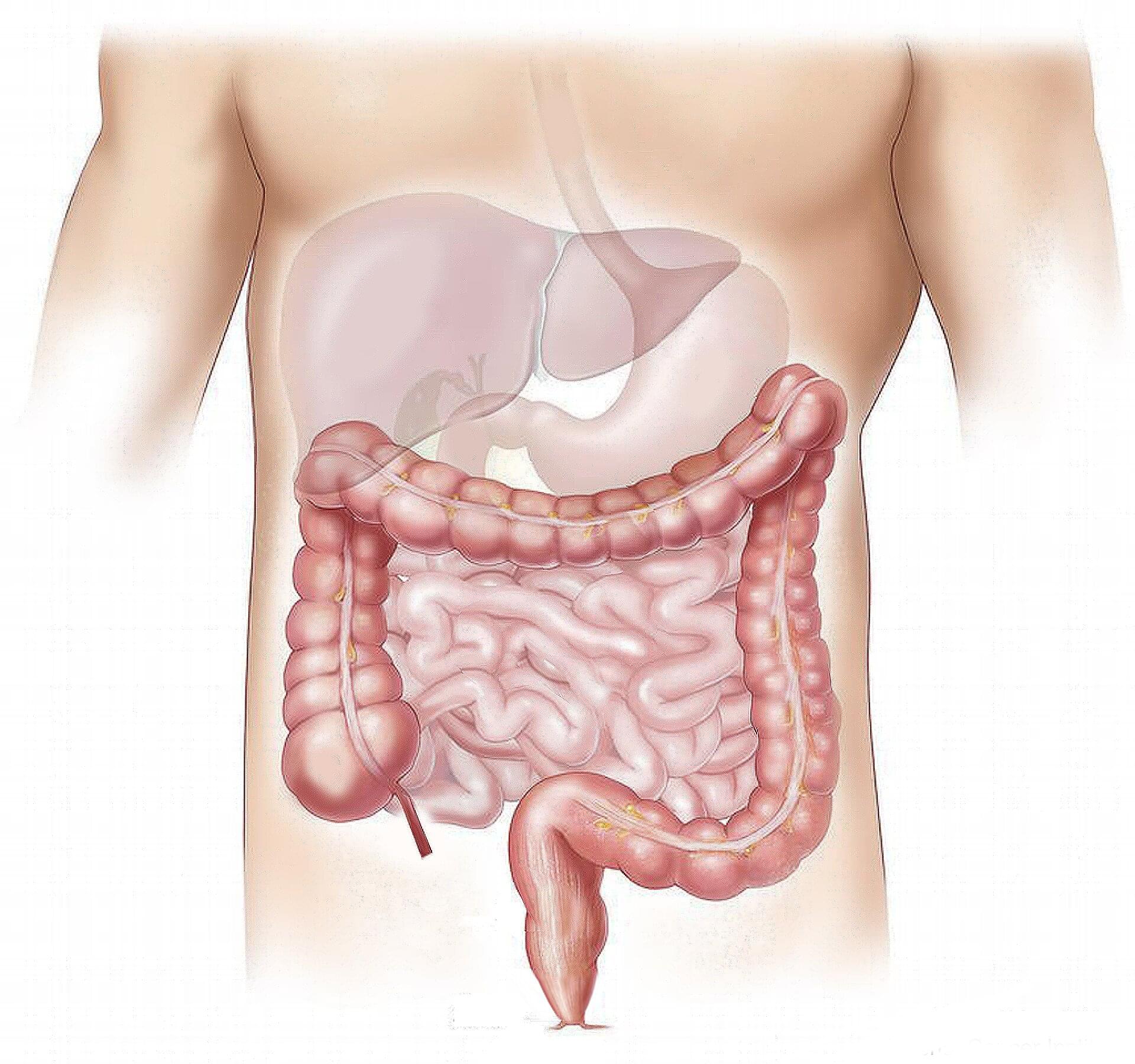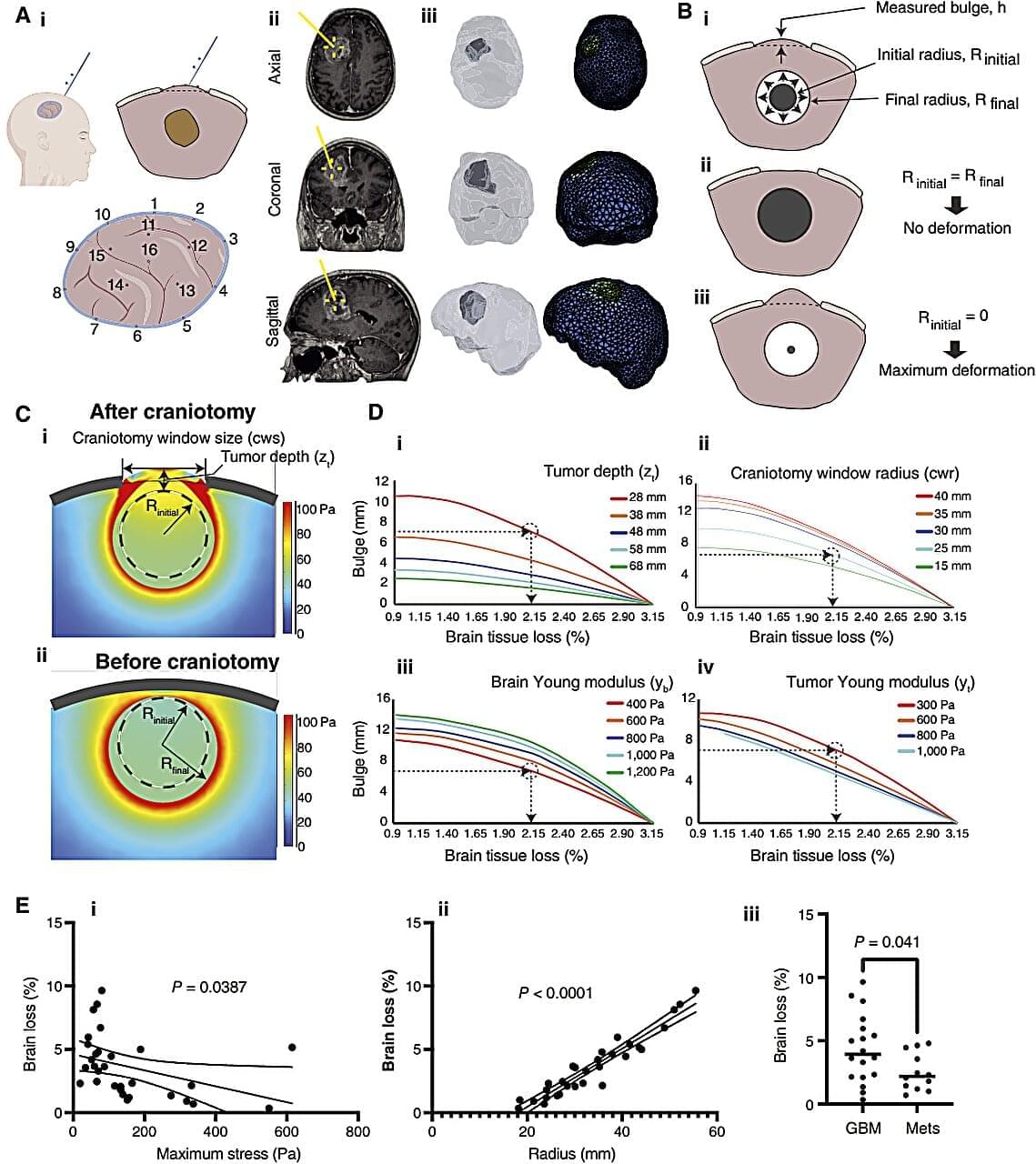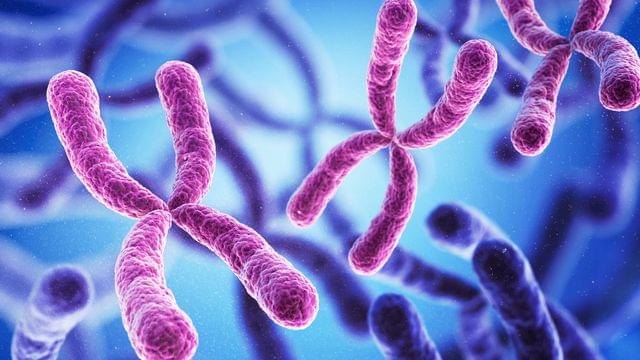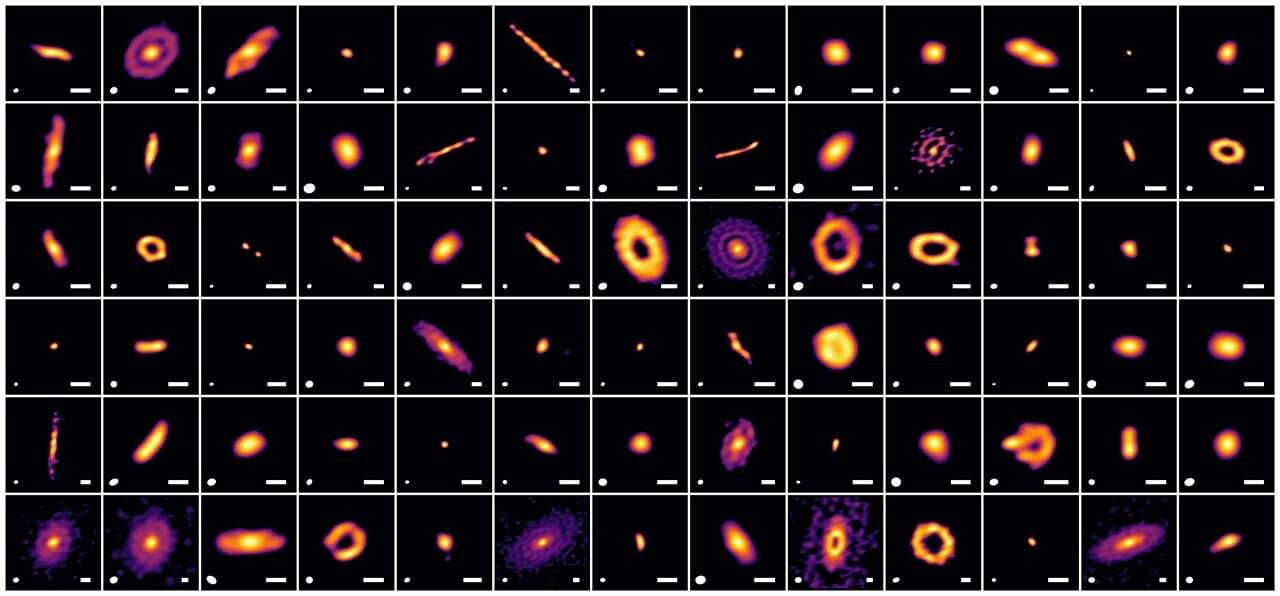To try everything Brilliant has to offer—free—for a full 30 days, visit https://brilliant.org/ArtemKirsanov. You’ll also get 20% off an annual premium subscription.
Socials:
X/Twitter: https://twitter.com/ArtemKRSV
Patreon: https://patreon.com/artemkirsanov.
My name is Artem, I’m a graduate student at NYU Center for Neural Science and researcher at Flatiron Institute. In this video we explore a recent study published in Science, which revealed that different compartments of pyramidal neurons (apical vs basal dendrites) use different plasticity rules for learning.
Link to the paper:
https://www.science.org/doi/10.1126/science.ads4706
Outline:
00:00 Introduction.
01:23 Synaptic transmission.
06:09 Molecular machinery of LTP
08:40 Hebbian plasticity.
11:21 Non-Hebbian plasticity.
12:51 Hypothesis.
14:42 Experimental methods.
17:10 Result: compartmentalized plasticity.
19:30 Interpretation.
22:01 Brilliant.
23:08 Outro.
Music by Artlist.






